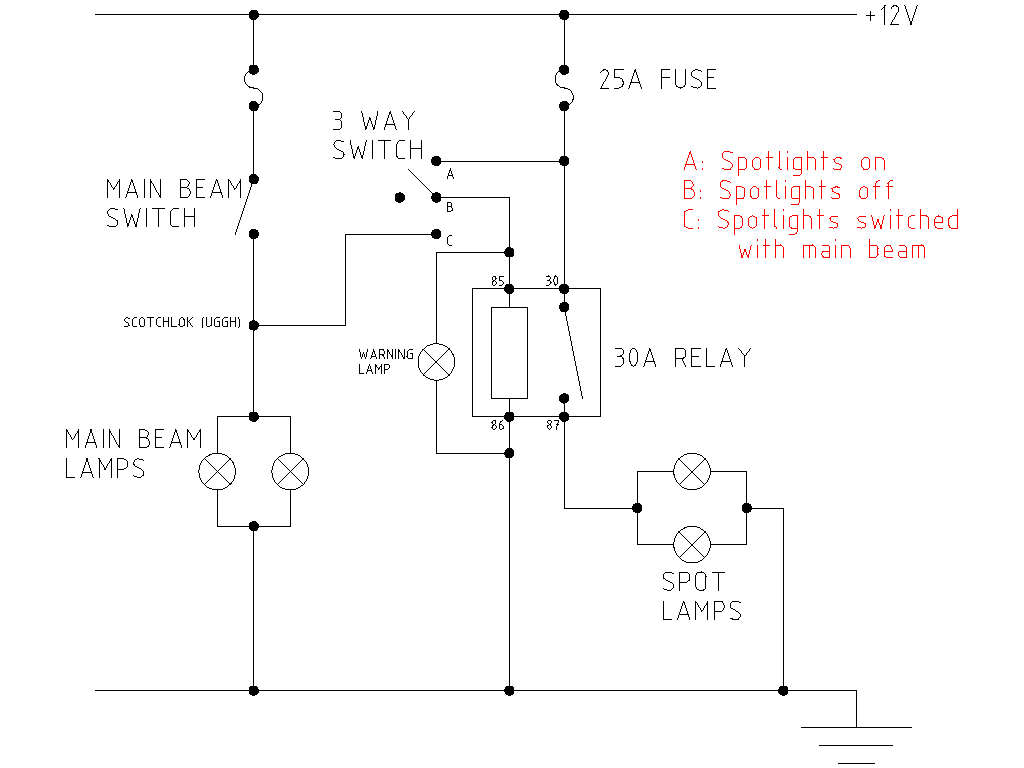The problems I've had are that the switches I've bought have LEDs in them but are 12V only. The relays I have to hand are also 12V but as discussed in an earlier thread, you can use these to switch 24V
For the LEDs in the switches and the relay coils, I'm going to drop the 24V to 12V using solid state regulators. These are only good for 1.5A or so, but I don't think they'll approach anything like that (undecided as to whether the accessory socket will actually be fitted or not).
Would welcome constructive comments...




